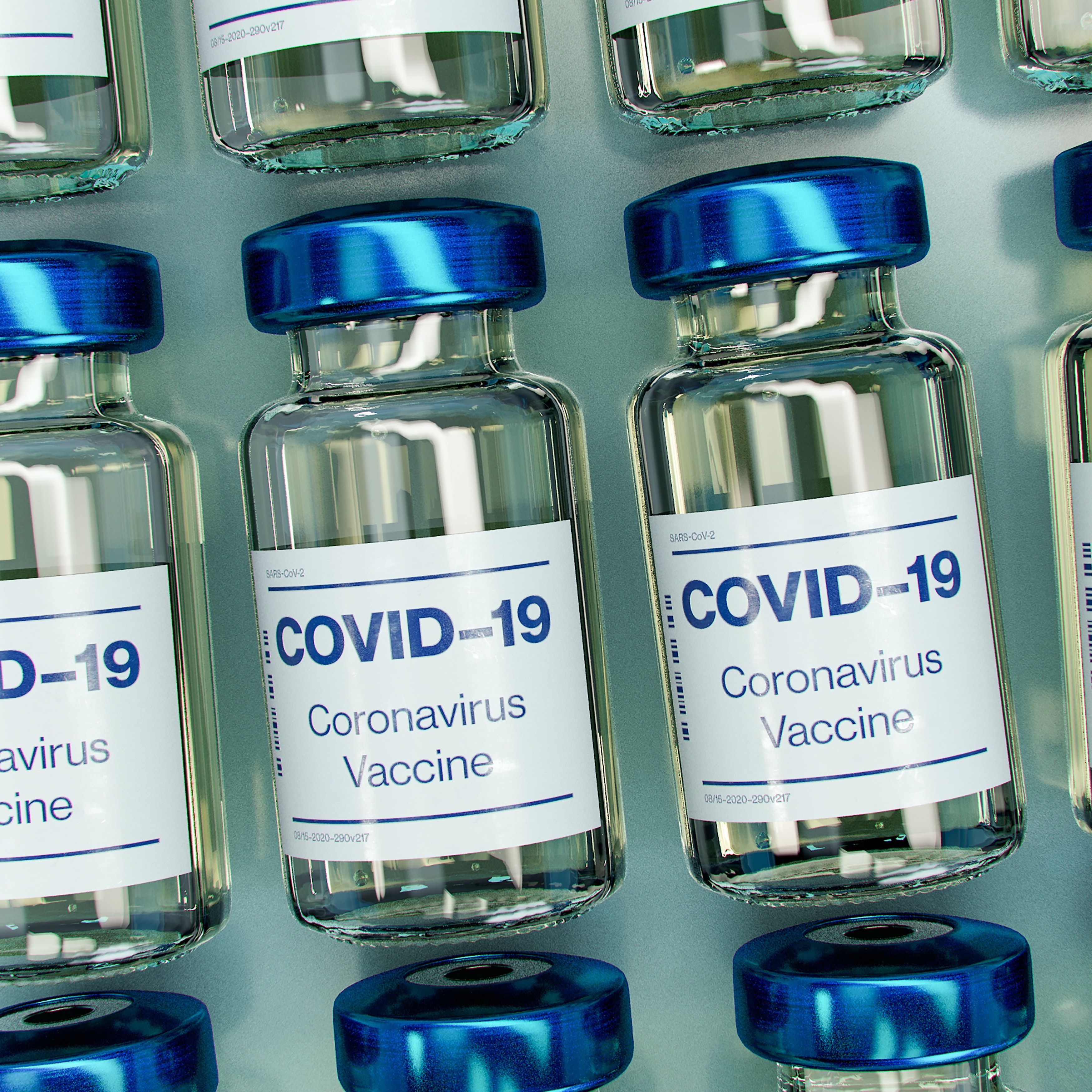CDC Panel Reviews COVID-19 mRNA Vaccine Booster Dose Safety Data
A presentation of available third-dose data suggest the adverse event rate is consistent with that observed with second doses.

A review of 24,000-plus cases reported into vaccine safety monitoring system after a third dose of an mRNA COVID-19 showed booster doses of the US’ leading COVID-19 vaccines are not associated with any increased risk of adverse events.
The findings, accumulated from data sent to the Department of Health and Human Service’s (HHS) Vaccine Adverse Event Reporting System (VAERS) and the Centers for Disease Control and Prevention’s (CDC) v-safe After Vaccination Health Checker mobile app, show third doses of the Pfizer-BioNTech and Moderna mRNA vaccines have not resulted in any “unexpected patterns” of mild to severe adverse events in US recipients.
The data, presented by Anne M. Hause, PhD, MSPH, epidemiologist with the CDC, contributed to ongoing discussion surrounding the prospective benefits and risks of booster doses in the US. The presentation itself was held amid a 2-day CDC Advisory Committee on Immunization Practices (ACIP) meeting to review the consideration of recommended booster COVID-19 vaccine doses.
VAERS
Hause began the presentation with a breakdown of the available VAERS data, which included physician and caregiver-submitted adverse event outcomes from approximately the initial rollout of Pfizer-BioNTech mRNA vaccine BNT162b2 last year (December 14) until September 17.
As Hause noted, the longstanding CDC reporting system comes with inherent strengths and weaknesses as it relates to expedited COVID-19 rollout and administration. While it does provide a rapid detection of potential vaccine-related issues and possibly rare adverse events, it may be inconsistent in the quality and completeness of reported information, project reporter biases, and fail to differentiate between causative and correlative vaccine-related adverse events.
The VAERS data included 2563 recipients of a third mRNA vaccine dose for COVID-19. Of them, 979 (38%) were male and 1570 (61%) were female.
Median patient age was 64 years old. Patients were primarily ≥65 years at time of administration (n = 1239 [48%]); another 654 (24%) were 50-64 years old; 622 (24%) were 18-49 years old; 48 (2%) were 12-17 years old.
By limitation of the reporting system, the race/ethnicity of nearly half of all patients (n = 1248 [49%]) was unknown or not reported. Just 11% of patients reported as Hispanic (143 [6%]), Asian (51 [2%]), or Black (89 [3%]).
Reports of non-serious and serious adverse events were similar across the 2 available mRNA vaccine doses. Recipients of BNT162b2 boosters reported 1243 total events, 1175 (95%) of which were non-serious and 68 (5%) were serious. Recipients of Moderna’s mRNA-1273 reported 1320 total events, 1257 (95%) of which were non-serious and 63 (5%) were serious.
The most frequently reported serious adverse events to VAERS among third-dose mRNA COVID-19 vaccination, aside from extra dose being administered, were:
- Fever (21%)
- Dyspnea (18%)
- Death (14%)
- Fatigue (11%)
Among the 14 patients who were reported to have died following the third dose, median patient age was 76 years (range, 47 - 93). Median time from booster dose administration to death was 1 day. Preliminary impression cases of death were primarily respiratory and/or cardiac death (n = 7).
The most frequently reported non-serious adverse events to VAERS among third-dose mRNA COVID-19 vaccination, aside from extra dose being administered, were:
- Fever (13%)
- Headache (11%)
- Fatigue (11%)
V-safe Data
The v-safe mobile app is a CDC smart phone-based monitoring program for COVID-19 vaccine recipients to share adverse events after doses. Participants are able to register for the app at any time and can contribute to the database via text messages and web surveys.
Categories for defining vaccine-related effects include local injection site reactions, systemic reactions, and health-related impacts on livelihood.
Among 21,935 v-safe participants who reported a third COVID-19 vaccine dose between August 12 and September 19 of this year, 63.4% were female, 60.3% were between ages 50-74, and 82.4% were White.
Hause reported that participants generally received a booster dose that was the same vaccine as their initial dose: 98.6% of Moderna recipients, 98.2% of Pfizer-BioNTech recipients, and 82.5% of Janssen vaccine recipients.
The most common solicited reactions reported by Pfizer-BioNTech or Moderna booster dose recipients 0-7 days after administration were injection site pain, fatigue, myalgia, headache, and fever. For each, Moderna patients were more likely than Pfizer-BioNTech patients to report.
Conclusion
Hause confirmed the data show no new nor unanticipated patterns of adverse events in the first series of patients to receive booster mRNA COVID-19 vaccine doses.
In fact, the approximate rate of 5% serious adverse events reported by third-dose recipients is consistent with the rate reported by second-dose recipients in FDA authorization-supporting trials. What’s more, local and systemic reactions were actually reported slightly less frequently among third-dose recipients than second-dose recipients.
Going forward, VAERS and v-safe will continually contribute to COVID-19 vaccine safety outcome research, while other programs such as the Vaccine Safety Datalink (VSD) and Clinical Immunization Safety Assessment (CISA) Project will observe the role of booster doses in real-time sequential monitoring and the role of the vaccines in “clinically complex adverse events,” respectively.
The ACIP panel will meet again tomorrow, to continue review of the benefit-risk profile for COVID-19 vaccine booster doses.
